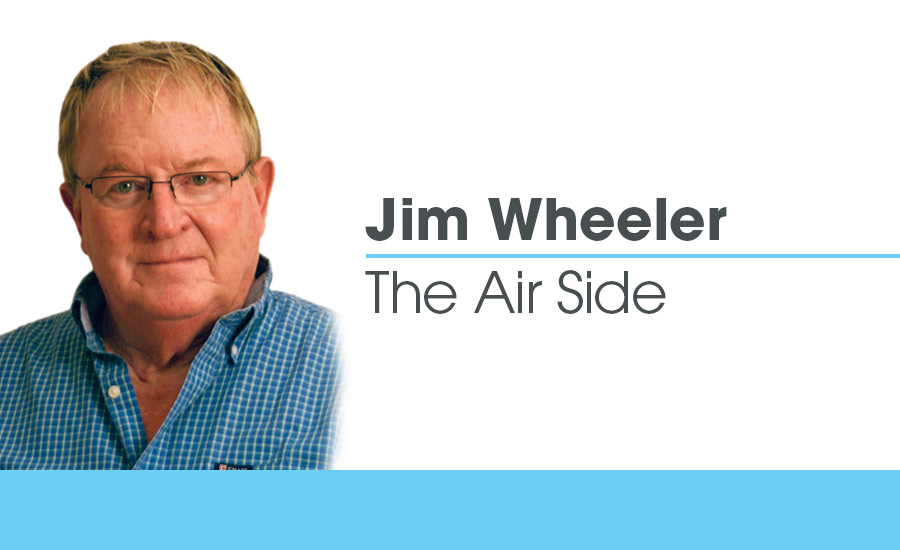The case for UV and ozone system cleaning
See the light.


|
A lady I know recently asked me whether UV lights are “just a gadget,” or if they really work on air-conditioning systems.
Her contractor was trying to sell her one and he was asking $700 for the installation.
I replied UV lights do work, depending on what she wants them to accomplish. If she is bothered by allergies caused by mold, UV lights do destroy mold and bacteria spores — and air conditioners naturally do a great job of spreading these contaminants throughout a building.
Also, the wet evaporator surface and drain area can even be a great breeding ground for such things. Depending on how bad a person considers the problem, the expense may or may not be worthwhile.
I don’t know whether this is still true of all available UV lights, but most UV bulb manufacturers recommend they be changed every year. Therefore, customers must consider the continuing costs of annual bulb replacement as well as the cost of a service call, since a contractor should do this work. There’s both a shock hazard and the possibility of eye damage from the UV if precautions aren’t taken.
In this woman’s case, she said the company has a maintenance agreement with her and it already comes out once a year to (among other things) clean out her condensate drain, so the service cost will be minimal.
And the fact the condensate drain needs to be regularly cleaned is a pretty good indicator of mold growing in her home A/C system. Also, one of the benefits of fitting her system with a UV light is that it tends to keep the condensate drain clean.
Another consideration is whether the UV bulb that is selected should produce much ozone. Since ozone is a bleaching agent, it isn’t desirable to have this generated where there is no chance of mold growth in the ducts downstream from the evaporator coil.
Plastic-lined flex ducts and foil-lined fiber ducts, for example, aren’t very good nurturing grounds for mold or bacteria spores. So, unless the surfaces are kept wet by blow-off from the evaporator coil, there is little need for extra ozone.
The same is true of metal ducts that aren’t internally insulated because the zinc finish is a natural antibiotic. And if it is a fairly new system in a typical clean-air situation such as a home, production of ozone shouldn’t be necessary.
But if the air contains much grease (which would require the evaporator coil to be regularly cleaned) such as found in a restaurant, adding ozone would be very beneficial. This also is true of metal duct systems in old buildings where there may be years of dust and other contaminant accumulations to serve as a breeding ground.
Realize that wet, finned evaporator surfaces do a great job of removing any solid particulates that get by the air filter. There usually is little dirt to worry about — or to clean — in the downstream ducts (that’s why I’m not a big fan of duct cleaning).
But in cases where the ducts are internally lined with rough insulation to, for example, dampen sound, there is a much higher chance of contamination. In a situation such as this, adding ozone might be considered.
UV bulbs do, by nature, create some ozone and manufacturers work to minimize this. However, it’s good to understand that a small amount of ozone in a dirty system will be consumed in the cleaning process, so it is beneficial and not hazardous.
HELPFUL LINKS:
Looking for a reprint of this article?
From high-res PDFs to custom plaques, order your copy today!





